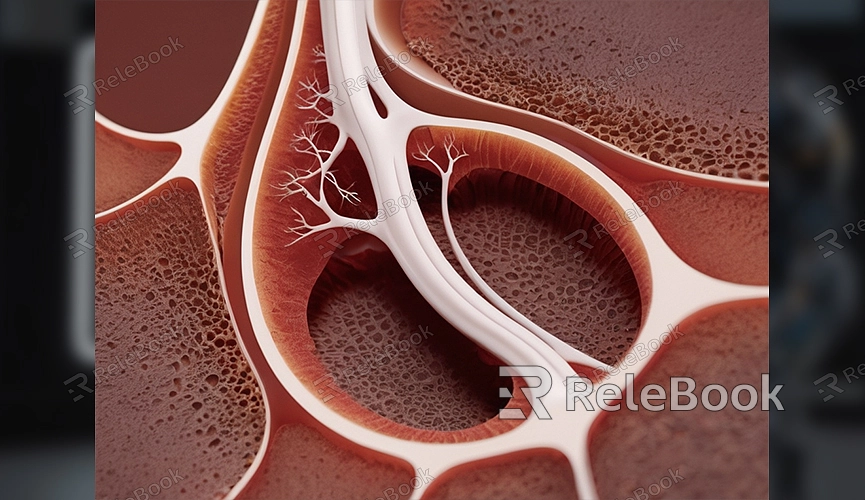How to Make a 3D Kidney Model
Creating a 3D kidney model is a valuable skill in fields such as medicine, education, and animation. Whether you're involved in medical teaching or 3D modeling, this skill can help you effectively display and understand the structure of the kidneys. This guide will provide detailed steps to help you create an accurate and visually appealing 3D kidney model.
Preparation
1. Gather Reference Materials
Before starting the modeling process, it is crucial to collect accurate reference materials. Look for anatomical diagrams of the kidney, medical images, or relevant books. These resources will help you understand the shape, structure, and details of the kidney, ensuring greater accuracy during the modeling phase.

2. Choose Modeling Tools
Selecting the right modeling tool can significantly enhance your efficiency. Popular 3D modeling software options include Blender, 3ds Max, and Maya. Choose a software that you are comfortable with and that meets your needs for the modeling task.
Creating the 3D Kidney Model
1. Define the Basic Shape
Begin by creating a simple geometric shape in your modeling software, such as an ellipse or cylinder. Adjust the size and proportions of this basic shape to roughly outline the kidney. Remember, the kidney’s shape is slightly asymmetrical, which is an important consideration during the initial modeling stage.
2. Refine the Shape
Once you have the basic shape, start refining the model. Use sculpting tools to further adjust the surface of the kidney, adding details such as nephrons, the renal pelvis, and the renal cortex. Utilize subdivision and smoothing tools to enhance the clarity and realism of the model’s details.
3. Add Internal Structures
To make the model more realistic, consider incorporating internal structures of the kidney. This includes elements like renal units, tubules, and blood vessels. Use Boolean operations or slicing tools to create these complex internal structures, improving the anatomical accuracy of the kidney model.

Applying Textures and Materials
1. Texture Mapping
After completing the base modeling of the 3D kidney, the next step is to apply textures and materials. Use UV mapping tools to unfold the kidney model onto a 2D plane and then apply texture maps to the model. High-resolution texture images can enhance the realism of the model.
2. Material Settings
Properly setting up materials can bring your model to life. Adjust material properties such as color, glossiness, and reflectivity to simulate the kidney’s real appearance. The quality of material settings directly impacts the visual effect of the model.
Rendering and Post-Processing
1. Set Up Lighting and Camera
Rendering is a key step in showcasing the final effect of your 3D kidney model. Properly set up lighting and camera before rendering. Choose appropriate light sources, such as point lights or ambient lights, and adjust their intensity and direction to ensure that all details of the model are clearly visible. Set the camera angle to highlight the key features of the model.
2. Adjust Render Parameters
Adjusting render parameters will affect the quality of the final image. Choose the appropriate resolution, sampling rate, and rendering engine to ensure that the rendered image has the desired detail and clarity. High-quality render settings will better showcase the textures and details of the model.
3. Post-Processing
After rendering, you may need to use image editing software to refine the final image. Adjust contrast, brightness, and sharpening to enhance the overall image quality. Post-processing can help you further perfect the visual impact of the model.
Creating a 3D kidney model requires meticulous work and precise techniques, but following these steps will help you produce a realistic and detailed model. If you need high-quality 3D textures, HDRIs, or models for your projects, you can download them from Relebook and directly import the textures and 3D models into your modeling software for use. I hope these steps will assist you in successfully completing your 3D kidney model project!

